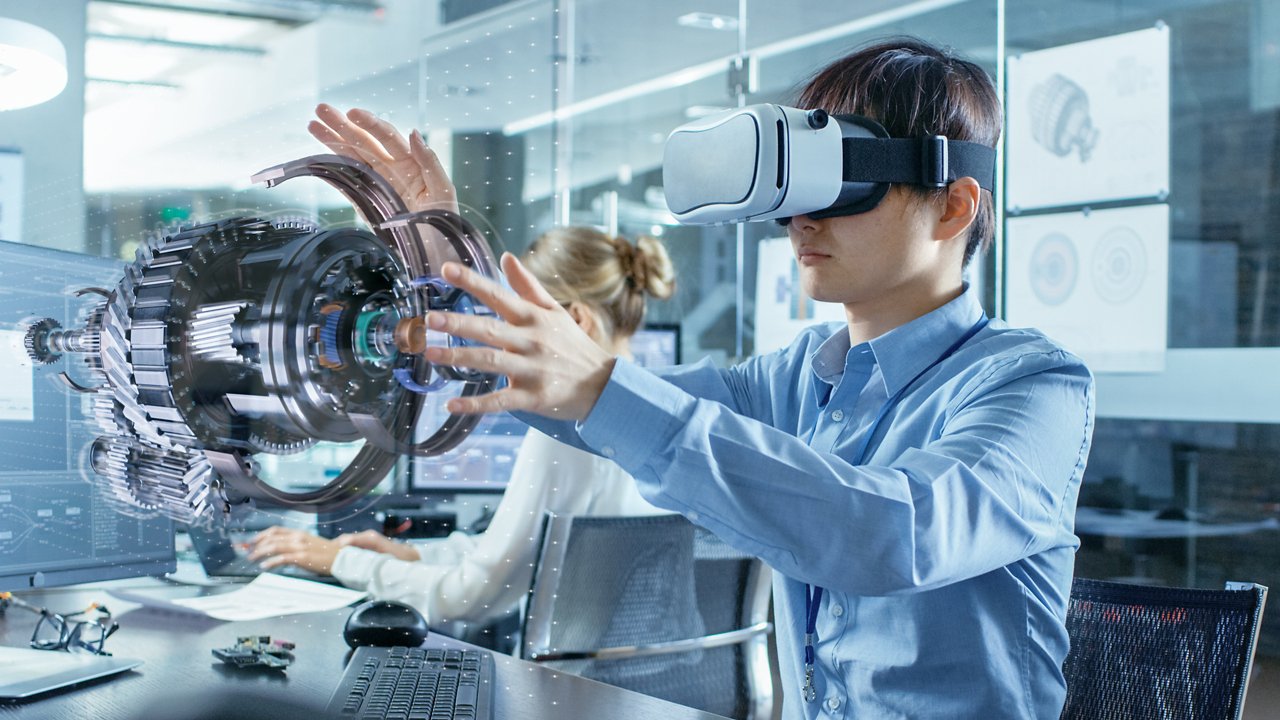It’s been several years since the public first got a taste of augmented reality (AR) through the popularity of smartphone gaming apps. Since then, visibility of AR from a consumer perspective has been relatively limited, awaiting the next blockbuster application. In an industrial context, however, the next generation of immersive technologies is already starting to take hold, finding use cases across a range of applications, including design, manufacturing, training and operations.
The commercial appeal of augmented and virtual-based technologies, commonly referred to as extended reality (XR), is evident in how the technologies support business imperatives. Improving collaboration and efficiency, while reducing costs and waste, has been high on the agenda for industrial decision makers for several years. These are all areas in which leaders are finding that XR can support better outcomes.
Now, given the impact of social distancing and remote working measures over the past 18 months, the appeal of XR has grown significantly and as a result more manufacturing companies are prioritising the implementation of such capabilities into their production environments and processes.

